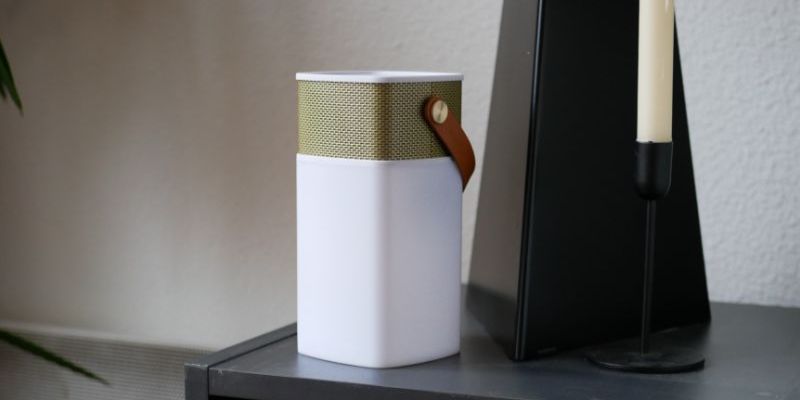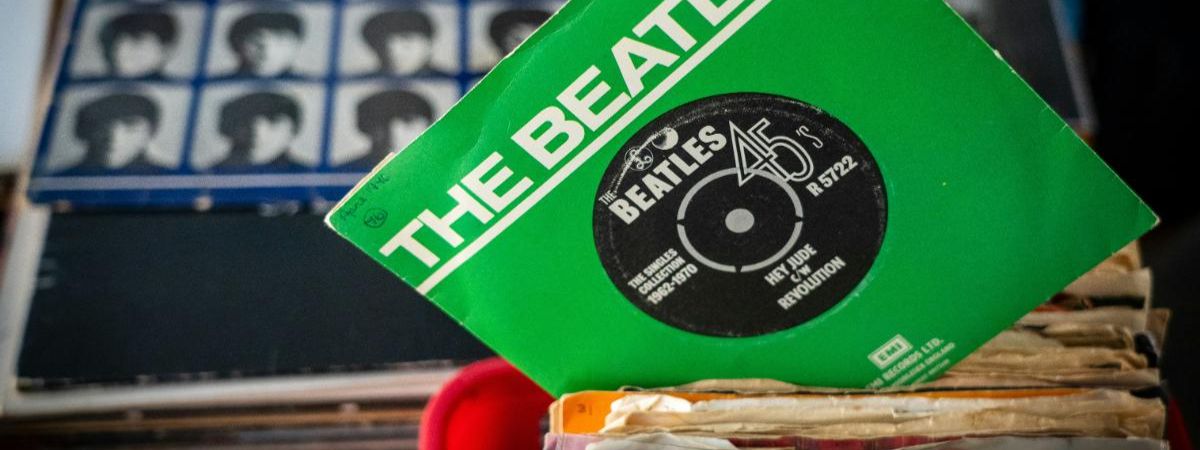A type of speaker that doesn’t get spoken about so much is the bookshelf speaker. However, once you learn more about what bookshelf speakers are, you’ll discover that they are just as impactful as the rest.
Let’s take a look at why you should consider adding bookshelf speakers to your set-up.
What are bookshelf speakers?
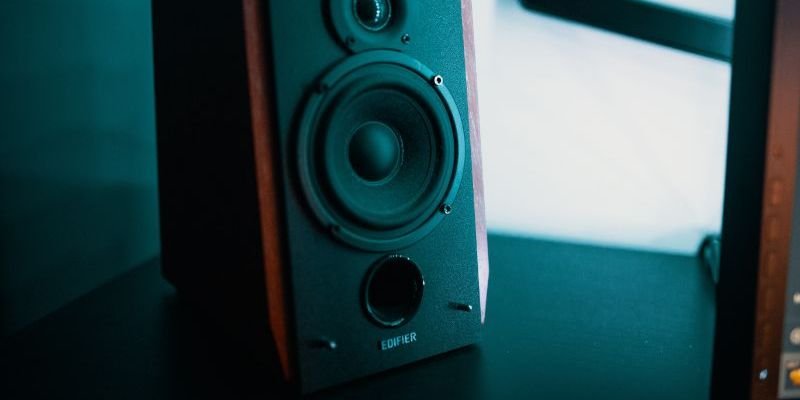
As the name suggests, bookshelf speakers are designed to sit on surfaces like bookshelves or tables. They work best when elevated from the ground, improving sound quality in small to medium-sized rooms.
Important specifications of bookshelf speakers
If you want to get the very best experience from your bookshelf speaker, it’s important to understand what specifications to look out for. While specifications remain similar across most types of speaker, here are the three main areas that your bookshelf speaker must comply with:
- Drivers: Bookshelf speakers have two drivers: the woofers and the tweeters. The woofers generate the bass while the tweeters create high-frequency sounds. When using a bookshelf speaker for general use, it’s best to get one with a third mid-range driver.
- Watts: The higher the watts, the louder your speaker will be. If you already own a bookshelf speaker, make sure that your new one matches the watts level. This will ensure that they provide a seamless music experience, rather than a distorted one.
- Hertz: Hertz relates to the bass. The lower the hertz number, the heavier the bass will be.
For the most part, the above specifications will be tailored to a normal listening experience. However, if you do have specific preferences, be sure to check these areas out before making a purchase.
Popular uses for bookshelf speakers
For safety and practicality, bookshelf speakers are most commonly used indoors. Let’s take a look at three of the most popular uses for bookshelf speakers.
- Record player set-ups
If you’ve ever checked out some inspiring record player set-ups, you would have seen that many use bookshelf speakers to complete the aesthetic. Bookshelf speakers sound great when hooked up to a record player, but there’s no denying that they also add a retro-vibe to the room.
- Home studios
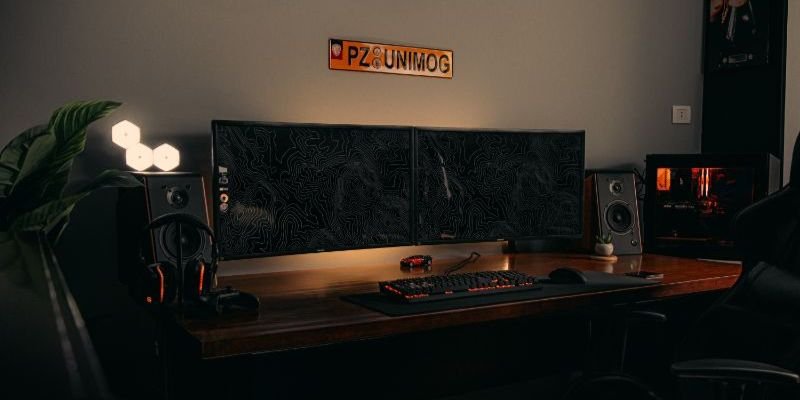
Bookshelf speakers are also commonly used in home studios. This is because they can pack a punch without getting in the way. Simply hook up a few speakers to your system and pop them on a shelf to get started.
- Home theater systems
Home theater systems also benefit from bookshelf speakers. This is because, once again, bookshelf speakers can blend seamlessly into any room without getting in the way.
Many bookshelf speakers double up as multi-room speakers, meaning you can create an awesome surround sound system in the comfort of your own home, whether entertaining guests or watching your favorite movie, the bookshelf speakers can adjust to suit your needs.
How to position your bookshelf speakers
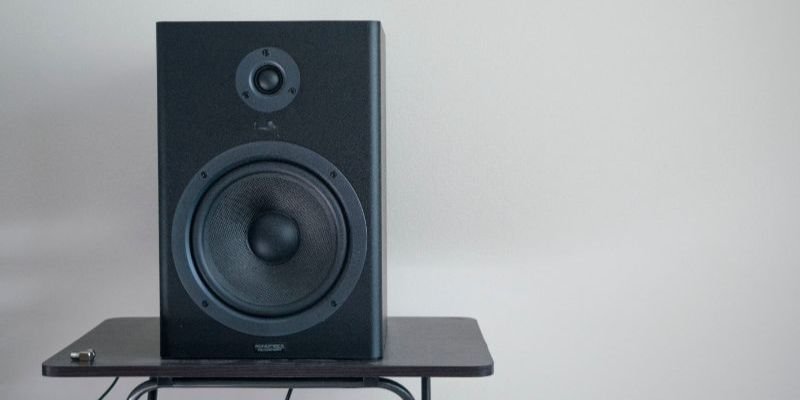
The positioning of your bookshelf speakers will greatly impact their quality of sound. While you might think putting them on a bookshelf will solve all issues, it’s the actual positioning that you need to pay attention to.
Utilize clock hands
As a general rule of thumb, place your bookshelf speakers at “10 o’clock” and “2 o’clock” positions. This allows for optimal sound no matter where you are in the room. They should also sit at ear-level to increase the quality even further.
Watch the vibrations
Another way to determine the positioning of your bookshelf speaker is by monitoring its vibrations. If the speaker vibrates too much when on an unstable surface, it will distort or muffle the final sound.
To fix the above issue, either move your speaker to a more stable surface or use decoupling pads to prevent the excessive vibrations. You should notice a difference in sound almost immediately.
Give them space
Bookshelves are often confined spaces, which bookshelf speakers are well aware of. However, if you notice unwanted rumbles in the sound, it might be due to the fact that there isn’t enough space for the speaker.
Consider clearing the space surrounding your speaker so that these “rumbles” mellow out. This allows for the lower frequencies to play without any interruption.
Should I use a speaker stand?
Speaker stands provide an alternative way to position your speakers. These freestanding holders are great for amplifying your listening experience, as they are designed to sit at ear level, preventing the need to adjust your bookshelves.
To be honest, using a speaker stand is entirely a personal choice. While they can improve the sound in certain situations, keeping your speaker on a sturdy (elevated!) surface will be just as beneficial. We do, however, recommend using a speaker stand when playing music in a large room. This will help to distribute the sound evenly, rather than confining it to the walls of a bookshelf.
Differences between bookshelf speakers and powered monitors
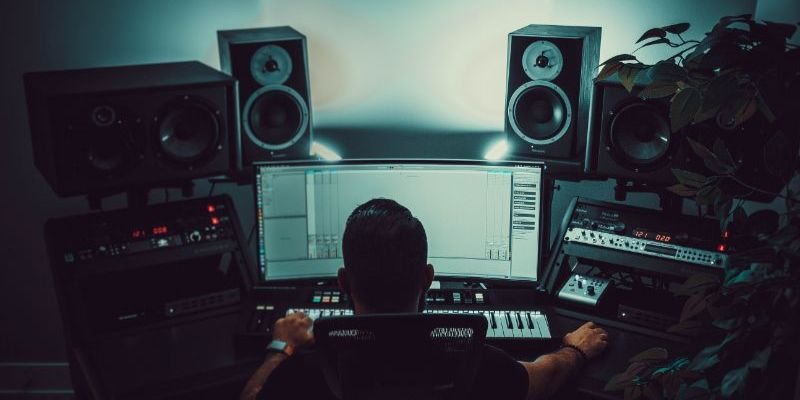
Bookshelf speakers often get overlooked due to the fact that they look like powered monitors. However, while they are both identical in aesthetics, there are some differences in how the two function.
When it comes to establishing the differences between bookshelf speakers and powered monitors, the main telltale sign lies with the sound. Powered monitors have amplifiers built directly into the speaker, whereas bookshelf speakers tend to utilize separate AVR’s. This is because powered monitors are usually used in studios or other environments that require clearer sound.
You might consider our post on buying a soundbar & things your smart speaker can do
Every home needs bookshelf speakers
If you’re looking for a way to improve your home speaker system, bookshelf speakers provide all the answers. They are compact, great for organization, and loud enough to blast your favorite tunes. No matter what purpose you intend for them, you can’t go wrong with having them in the home.
